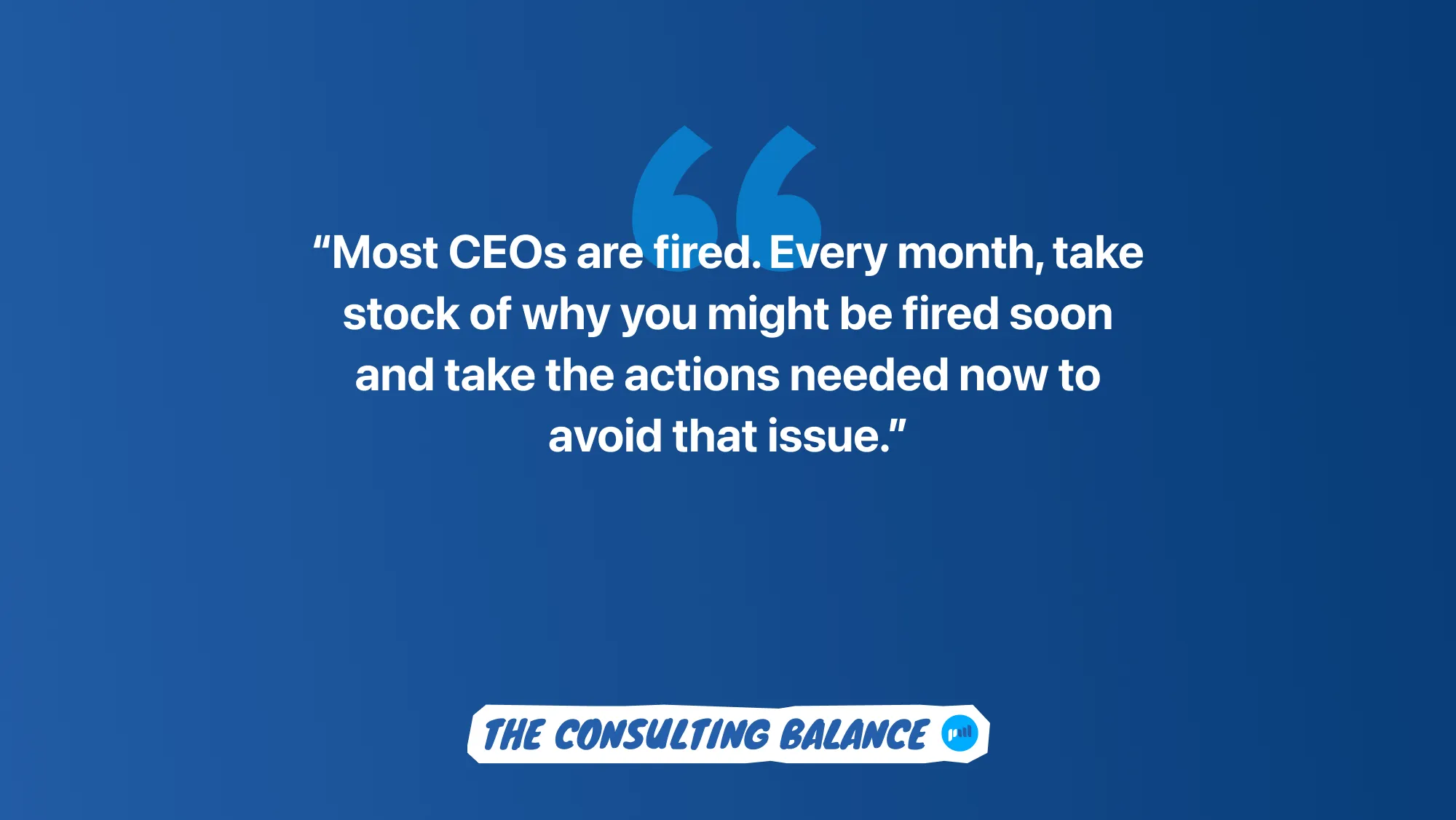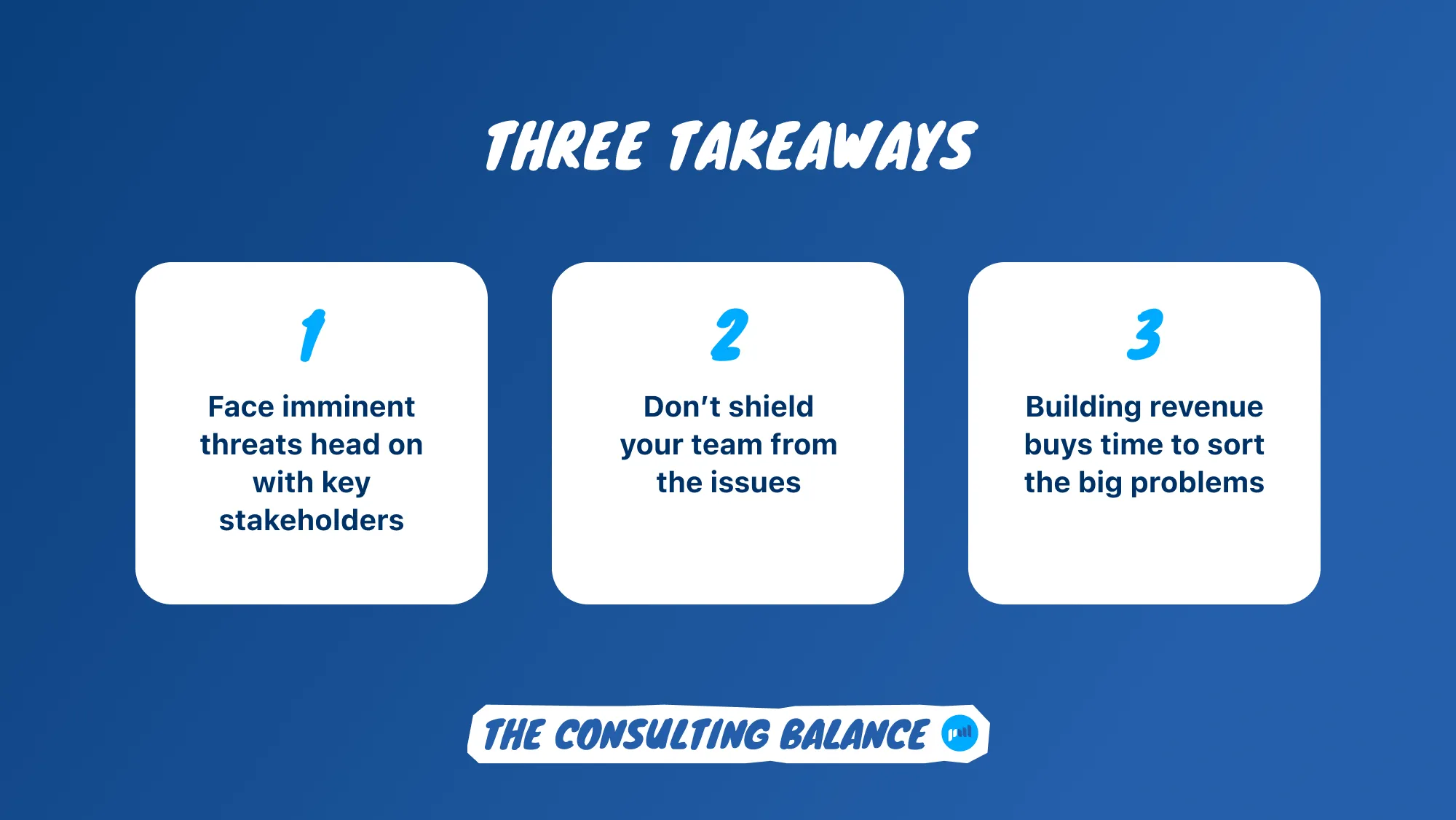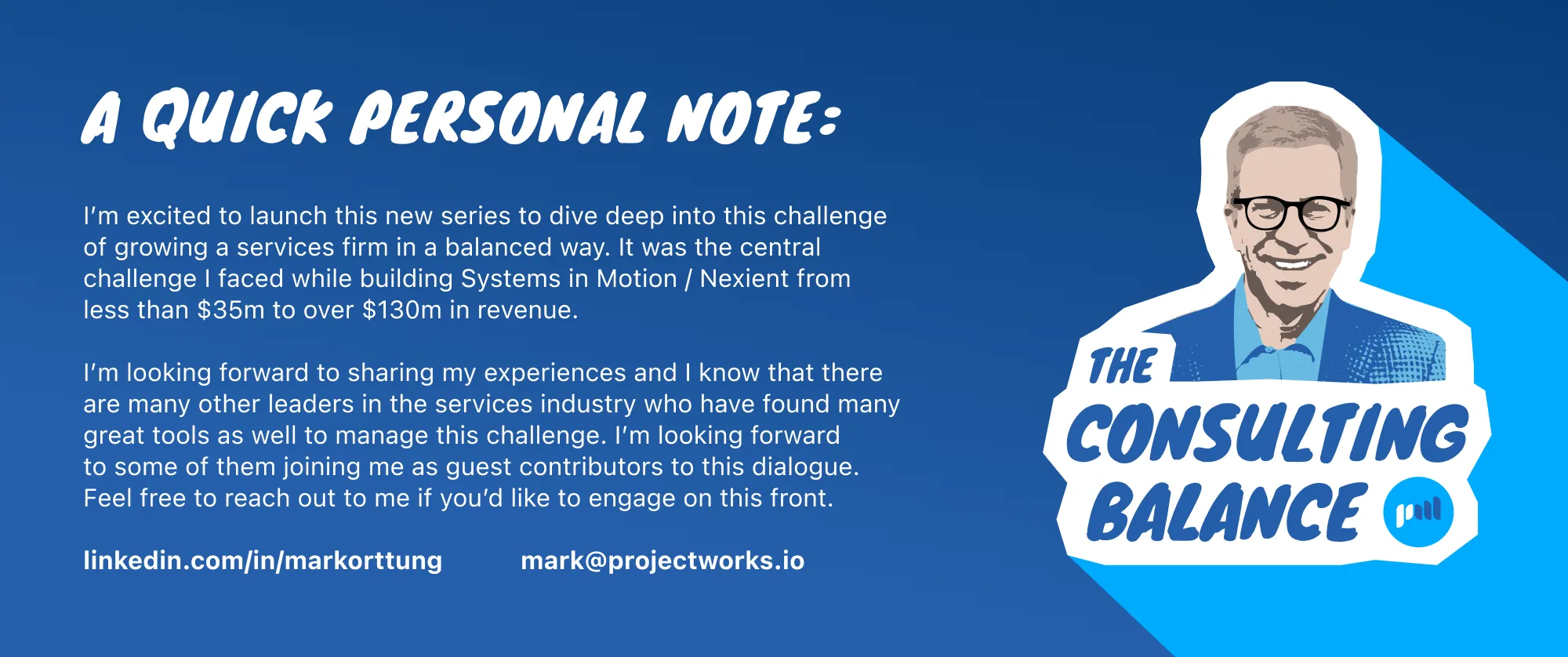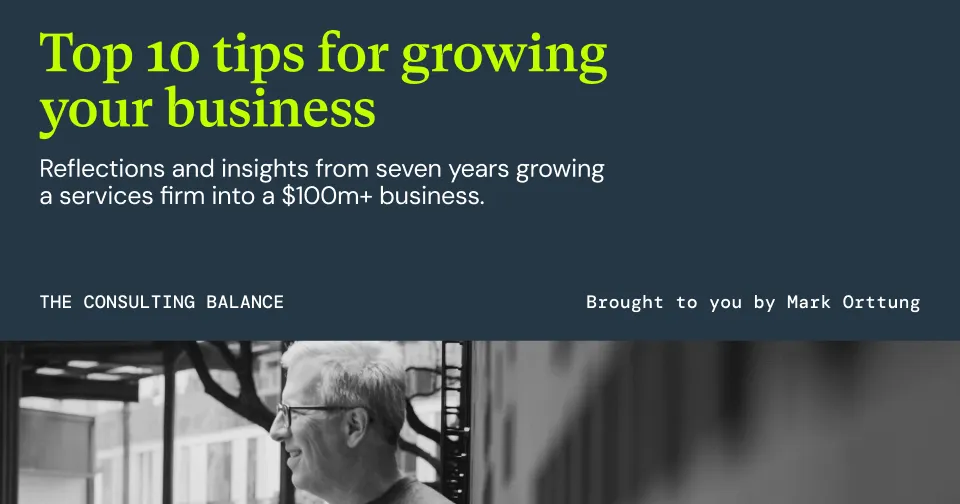The threat of staff layoffs, and getting yelled at by the board

Mark shares a 2017 experience when he had to plead his case to keep his job and those of many others.
“You’re probably thinking of firing me right now...
“I don’t think you should…
“Let’s talk it through.”
This is how I addressed the elephant in the room when I opened the business portion of a board meeting in 2017. There was a lot going on at the time and the board was not happy with me. It would be fair to say it was freaking out.
We had just lost our second largest client. Other clients were reducing the size of our team working with them. We hadn’t sold enough new work to get our people onto new projects. This meant that our “bench” (team members who weren’t billable) had swelled. A healthy bench would be 15–20 people not billable at a time. Our bench had grown to over 50 people. Sometimes it got close to 100 people. The board was understandably shaken.
However there were a number of things happening that indicated we were turning things around. We had been working really hard on how to position the company. We had just hired three senior people who I believed would elevate our client relationships to being seen as strategic partners. Also, they all came from global organizations with networks of previous clients that we could try and tap into. Based on client and prospect feedback, I thought we were making exciting progress. Unfortunately all of these achievements hadn’t yet improved our financials. If anything, we had taken on more cost implementing these changes without any more revenue to show for it.
In a consulting firm, a typical way to handle this problem is to reduce staff numbers and get the bench back to where it should be. In our case, to make our short term financials recover, we would have to let go of 50 to 100 people. This did not feel like the right answer to me and was something I lost a lot of sleep over.
The vast majority of our workforce was in Ann Arbor, MI. Many of them had grown up with one or both parents working for one of the “Big Three” US automakers. It seemed like everyone had a close relative who could get them a “friends and family” discount on a car – nobody seemed to pay full price for an American car in Southeast Michigan. The Big Three had sadly built layoffs into the psyche of the area. There was a palpable fear of them and any hint of instability in a company made people nervous. It came through often in 1:1 conversations, small groups, and in all company meetings. The number of times people asked me if we’d have to do layoffs made an impression on me. I felt that if we did a large round of them, our reputation as an employer would be irreparably harmed in the area. I feared that when we eventually got our growth engine running, we wouldn’t be able to attract top talent anymore.
Build revenue before cutting costs
I have always had a bias toward growing revenue over cutting costs. In my mind, the only way out of the mess we were in was to grow. I truly believed that if we started cutting people to make the short term financials work, we’d start a downward spiral that would build on itself. If we let 50+ people go, all of our best people would get nervous that our young company wouldn’t make it. They’d then start looking around for other enticing opportunities, which good people always find quickly.
One piece of advice I was given when I took the role as CEO stuck with me: “Most CEOs are fired. Every month, take stock of why you might be fired soon and take the actions needed now to avoid that issue.” It’s a brutal way to think about your job, but it’s an effective one if you’re in a leadership position.
So I made my case to the board that we should hold the course steady for as long as we could, to give the company a chance to grow out of the crisis. I offered up very concrete milestones and ways to measure whether we were making progress. Specifically, I presented the week-by-week view of our projected financials over the next few months. I showed the various events that might happen to make the situation better or worse. This included outstanding proposals that might lead to new teams starting and risks on current engagements that could result in a team wrapping up sooner than expected (making our problem worse). I then suggested we schedule calls every week or two to review the situation. The board agreed to this approach.

Mitigate macro level risk by managing the micro level risks
On reflection, I can see that this fit a pattern I’ve gone with many times in my career – extremely high macro level risk mitigated by very tight management of the micro level risks. So in this case, the macro risk was that I essentially wanted to bet the company on the new team being able to grow our revenue fast enough to pull us out of the crisis.
The micro management was the plan to map out each week and be clear about the events that could help or hurt our cause. With this detailed view of all the risks, we could then focus all of our energies on working to ensure the events go our way. This meant spending more time with our clients, and our client teams, to ascertain all the risks on each project or proposal and do whatever we could to remove those risks and delight our clients.
I’m extremely thankful to the team for all the hard work they put into this phase of the company. Through all of this detailed management, we were able to grow our revenue from one quarter to the next. This turned out to be the start of a five year streak of each quarter’s revenue being larger than the last. Within a few quarters, we had absorbed all of our current team who weren’t billable, needing to hire more people again.

I took away a number of lessons from this challenge:
- Call out the elephant in the room. Rather than run from the mess we were in, I felt the only way to deal with it was to face it head on with the board. I’m not sure they enjoyed it at the time, but we all looked back on it later and were really glad we took this approach.
- Share your biggest challenges with your team. I often find myself trying to shield my team from some of our most difficult or scariest problems. Every time I’ve taken the other route and shared the problem, I’ve been amazed at how much people want to (and can) help. Often great ideas come out and people jump into action. When in doubt, share the issue and you’ll be amazed at how much help the team will give.
- Revenue growth gives you room to solve almost any other issue. Early in my career in startups, I was told “Revenue fixes all problems.” I didn’t really understand what that meant at the time. As a leader, I've seen how revenue and revenue growth are essentially like oxygen to a small company. While they may not fix all of your problems, they fix a lot of them and for the really hard ones, they give you time to find a solution. In our case, growing revenue meant that we had more interesting positions for people to move into.
- We needed more leaders to support our new work, leading to great career opportunities for our team. We went from possible layoffs to having a workplace that needed each of our employees to grow and improve faster than they normally would. Our team loved that. We still needed to sharpen our differentiation in the market, but now with growing revenue we had a year or two to figure that out.

Managing the financials
One last area that I thought I’d discuss is how the financials work in this kind of situation. A consulting firm should be profitable. It shouldn’t need to raise outside capital to grow if it’s healthy. Because we had so many people on our bench, we were burning cash each month. I was only able to do this for a number of months because the company had been strong earlier and had built up some cash on the balance sheet. As we did the detailed planning, I factored the cash level into the plans. The week-by-week approach called out how much cash we had and when we’d go negative (or need additional funding from the board or an investor). Showing that there was a financial path back to growth without running out of cash was a critical part of the detailed plan we built.


.webp)
